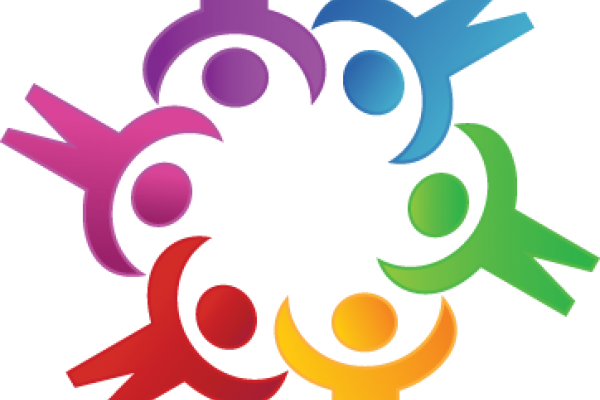Diedrich Boenhoeffer wrote about it. Pastors preach about it. Churches strive for it.
Community.
It is a concept that has had a long history in the American church. It can come in many forms. Bringing a meal to a stressed out new mother. A church ice cream social. Youth group. Singles ministry.
But what does community look like when working on a social issue?
For human trafficking, that community comes in the form of partnerships. The 2000 federal Trafficking Victims Protection Act (TVPA) originally addressed human trafficking by creating the three 'Ps': prevention, protection, and prosecution. But after implementation occurred, the anti-trafficking community realized there was something missing. Thus, in 2008, the fourth 'P' —partnership — was added.
Read the Full Article

